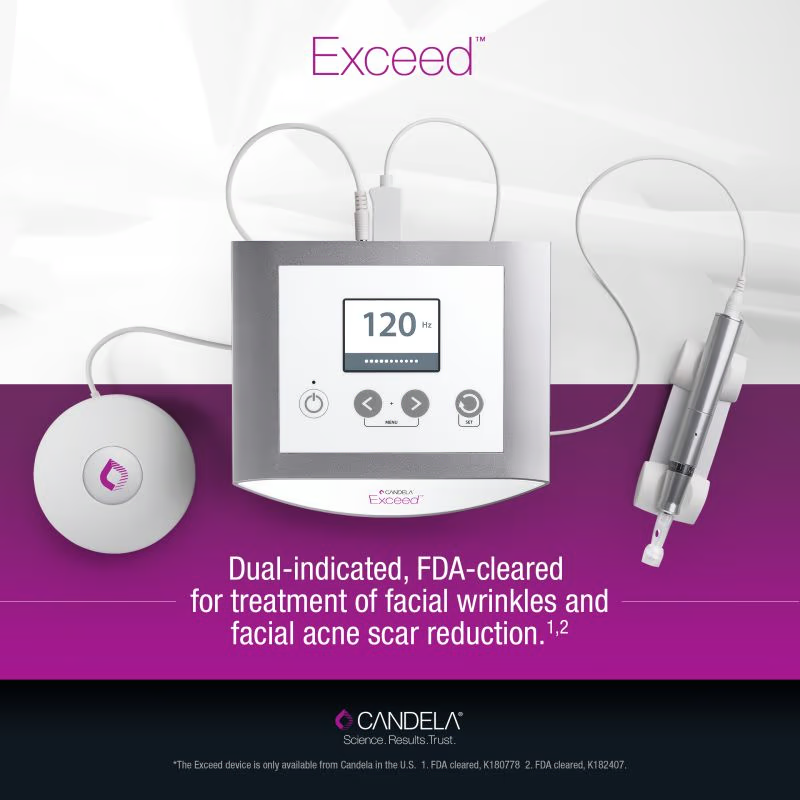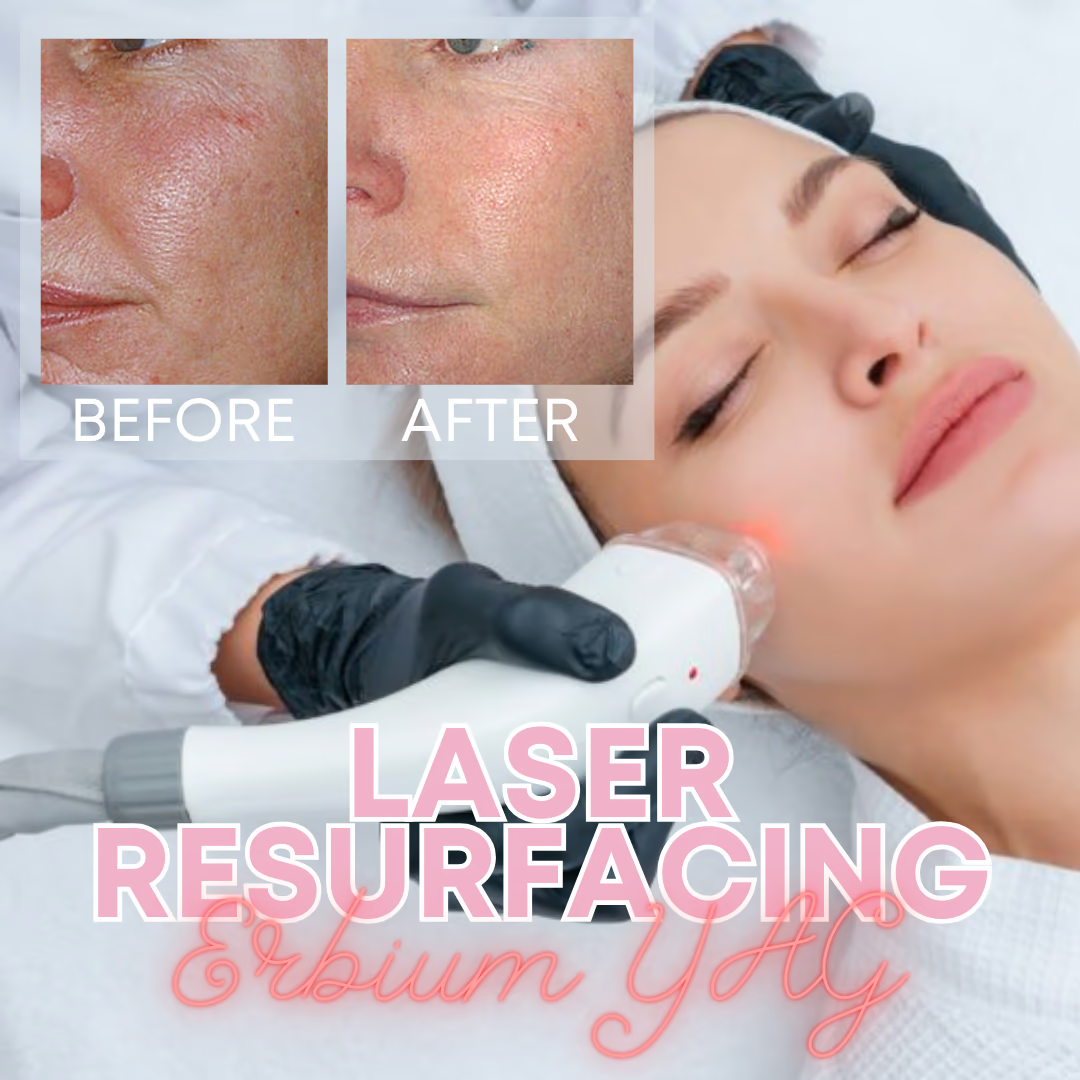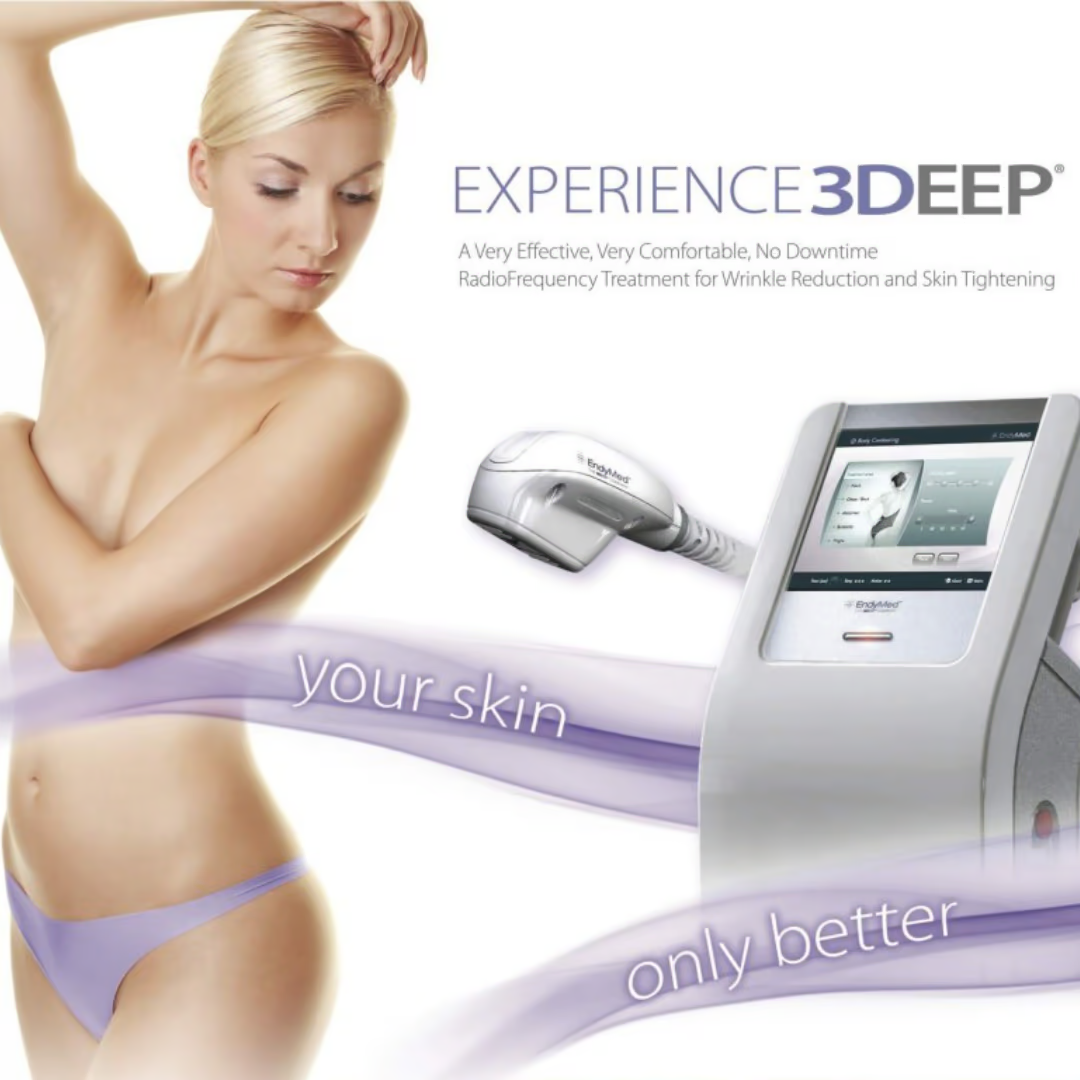Customized Acne Scar Treatment: ($50 Deposit)
The treatment options for acne scars depend on severity & include topicals, laser therapy, chemical peels, microneedling, dermal fillers, and subcision.
$50.00
Prefer a Payment Plan?
Get Pre-Approved with No Hard Credit Checks!
Deposits: Lock-in special pricing for 6 months (one treatment, one time). All deposits are nonrefundable but will be credited towards your account towards any service. All procedures require an in-person consultation and candidacy verification prior to treatment.
Note: All of our products & services are only available for pickup at our Honolulu location. We do not ship products or offer off-site services. If you are off-island we will credit it to your account for next time you are in town.
Learn All About
Customized Acne Scar Treatment: ($50 Deposit)
Acne scars are caused by the body’s natural healing process in response to severe or prolonged acne. When acne lesions, such as pimples, cysts, or nodules, penetrate the skin deeply and damage the underlying tissues, the body attempts to repair the damage by producing collagen.
It’s important to note that acne scars can manifest in various forms, including atrophic scars (depressed or pitted scars) and hypertrophic or keloid scars (raised scars). The treatment options for acne scars depend on their type, severity, and individual factors, and can include topical treatments, laser therapy, chemical peels, microneedling, subcision, dermal fillers, or surgical interventions.

The formation of acne scars can be influenced by several factors, including:
- Inflammation: Inflammatory acne, such as cysts or nodules, is more likely to result in scarring. When the skin becomes inflamed, the body’s immune response triggers the production of collagen to repair the damaged tissue. However, if the body produces too much or too little collagen during the healing process, it can lead to the formation of acne scars.
- Picking or squeezing acne lesions: Picking or squeezing acne lesions can damage the skin further and increase the risk of scarring. It can introduce bacteria deeper into the skin, prolong the healing process, and disrupt the normal tissue repair mechanism.
- Genetics: Some individuals may be more genetically predisposed to developing acne scars. Factors like skin type, collagen production, and wound healing capabilities can vary among individuals and affect the likelihood and severity of scarring.
- Delayed or inadequate treatment: Failing to treat acne promptly or effectively can increase the risk of scarring. Proper acne management, including appropriate skincare, topical treatments, and, in some cases, oral medications, can help minimize the chances of scarring.
- Severity of acne: Severe acne, characterized by deep, cystic lesions, is more likely to result in scarring compared to milder forms of acne. The deeper and more extensive the inflammation, the higher the risk of scarring.
- Sun exposure: Prolonged sun exposure can worsen the appearance of acne scars. UV radiation can darken the pigmentation of scars, making them more noticeable.
What is Subcision?
Subcision is a minor surgical procedure where the underlying tethering created from the atrophic scar is released. As a result, the skin indentation and depression area is lifted in order to remove the scars. Subcision uses a small needle is used to “lift” the scar from the underlying tissue and to stimulate the production of collagen.
How is the procedure performed?
After proper sterilization and cleaning of the skin, a surgical marker is used to mark the border of the scars with indentation. Subsequently, the treated area will be completely anesthetized with a filtration technique. The medication we use to numb the area will also slow or block the blood flow to the planned area. After the area is completely numbed, a special needle with a tiny blade-shaped tip will be inserted through a puncture into the skin. Next, subcision is performed by pushing the tiny blade of the needle to break the fibrotic strands, which tether the scar to the underlying tissue. Afterwards, filler injections can be inserted into the area where subcision is done to add volume to the depressed area and enhance the lifting effect of the subcision.
Here is a video example via YouTube:





